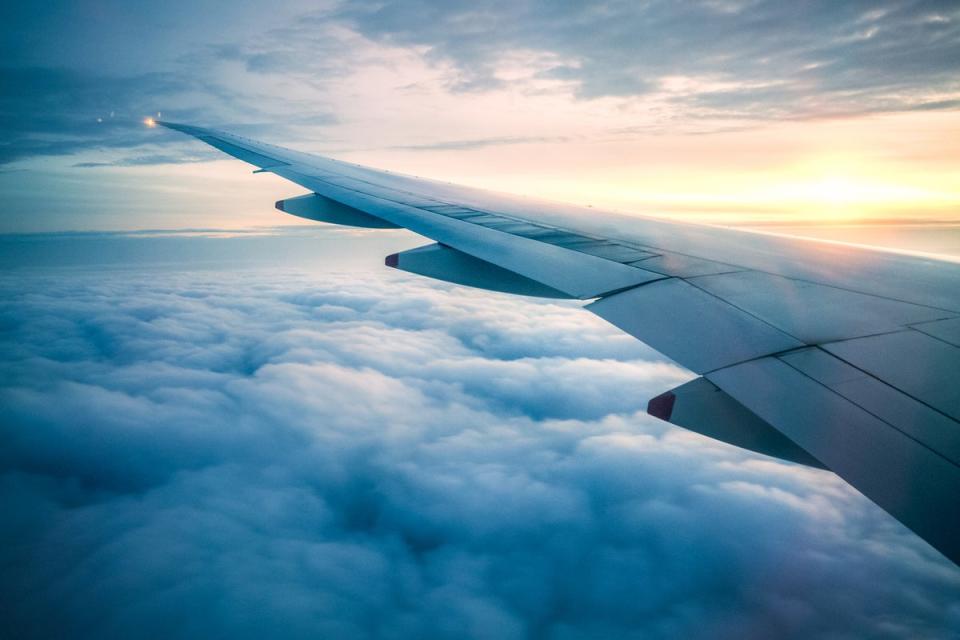Climate change is increasing plane turbulence, new research shows

Climate change is causing an increase in plane turbulence, according to a new study.
University of Reading research found that clear-air turbulence – which can be both sudden and extreme – has risen in recent years across the world.
The researchers have confirmed that, while this increase had previously been predicted for the future in line with climate change progressing, their study highlights it is already happening.
This is because warmer air from CO2 emissions is increasing wind shear in the jet steam, causing the wind to unexpectedly change direction or speed in a specific area.
The study has been published in the journal Geophysical Research Letters and shows that the largest spike in turbulence has been seen in the US and the North Atlantic. However, scientists have also found turbulence has increased on popular flight routes across Europe, the Middle East and the South Atlantic.
“Following a decade of research showing that climate change will increase clear-air turbulence in the future, we now have evidence suggesting that the increase has already begun,” said Professor Paul Williams, an atmospheric scientist and co-author of this study.
This new research looked at data over a 41-year period in the North Atlantic, which covers the world’s busiest flight routes across Europe and North America.
The findings established that the total annual duration of severe turbulence rose by 55 per cent from 17.7 hours in 1979 to 27.4 hours in 2020.
Meanwhile, the moderate turbulence which occurred during this time increased by 37 per cent, from 70 hours to 96.1 hours.
Finally, the total annual duration of light turbulence was 546.8 hours in 2020, 17 per cent higher than the 466.5 hours recorded in 1979.
Scientists leading the study say that investment is required for forecasting clear-air turbulence, citing potential danger and the fact airlines are already paying millions of pounds in costs per year.
“Turbulence makes flights bumpy and can occasionally be dangerous. Airlines will need to start thinking about how they will manage the increased turbulence, as it costs the industry $150-500m (£121-£483m) annually in the US alone,” said PhD researcher Mark Prosser. “Every additional minute spent travelling through turbulence increases wear and tear on the aircraft, as well as the risk of injuries to passengers and flight attendants.”
“We should be investing in improved turbulence forecasting and detection systems, to prevent the rougher air from translating into bumpier flights in the coming decades,” Professor Williams added.

 Yahoo Sports
Yahoo Sports 